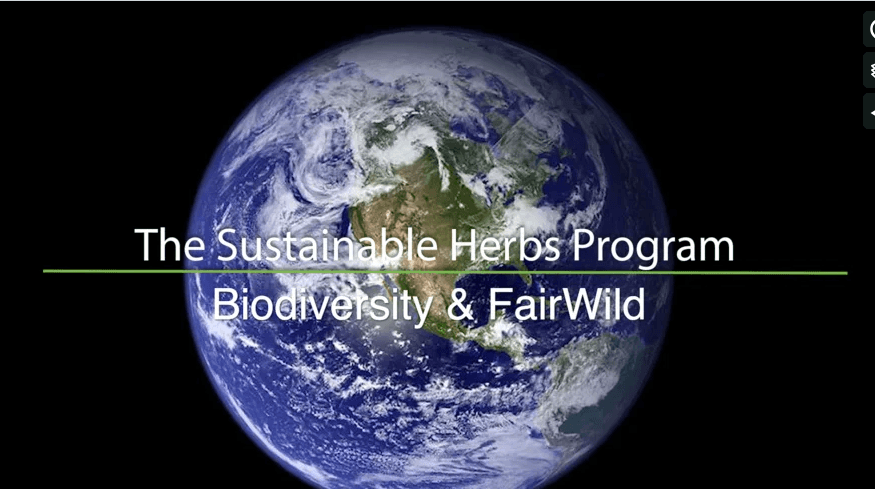Wild Harvesting and Conservation
Of the roughly 30,000 plant species with documented medicinal or aromatic uses, approximately 3,000 are found in international trade. Of these, an estimated 60–90% of them harvested from the wild—often with little consideration given to ensure the sustainability of supplies. At the same time, conservation organizations are running out of funds to protect some of the wild places of the world.
“Millions of people rely on wild plant collection both for their healthcare and for their livelihoods—from rural rosehip harvesters in Serbia to baobab fruit collectors in Zimbabwe, and the wide benefits of this harvesting are reaped by consumers across the world,” said Anastasiya Timoshyna from TRAFFIC, a co-author of the recently released report Wild at Home: An overview of the harvest and trade in wild plant ingredients. “But the industry is using wild plant ingredients and consumers are paying far too little attention to ensuring plants are being traded responsibly.”
The FairWild Standard is a best practice standard for sustainable wild harvesting and equitable fair trade.
Josef Brinckmann of Traditional Medicinals, Ben Heron and Sebastian Pole of Pukka Herbs, and Jayent Sarnaik of AERF talk about FairWild as a strategy for protecting biodiversity conservation and promoting sustainable livelihoods for wild collectors.


Comments